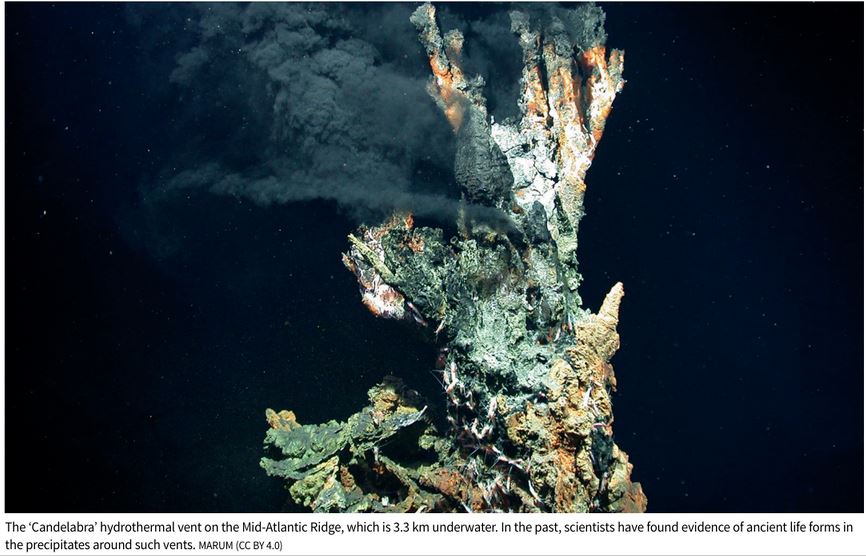Note4Students
From UPSC perspective, the following things are important :
Prelims level: Last Universal Common Ancestor (LUCA); Molecular Clock Theory; Oparin-Haldane Hypothesis; Miller-Urey Experiment.

Why in the News?
- The origin of life on Earth remains one of the world’s most enduring mysteries.
- Numerous competing theories exist, but none have conclusive proof.
- A significant concept in understanding the origin of life is the Last Universal Common Ancestor (LUCA).

What is the Last Universal Common Ancestor (LUCA)?
- Researchers believe that all life forms— the Bacteria, the Archaea, and the Eukarya —originated from a single cell known as the last universal common ancestor (LUCA).
- It is suggested to have been a “cellular organism that had a lipid bilayer and used DNA, RNA, and protein“.
- There is a lack of clarity about direct fossil evidence of LUCA.
- However, the shared features of modern genomes provide significant insights into this ancient ancestor.
LUCA and the Molecular Clock:
|
Recent Research Findings on LUCA’s Age and Genome
- Researchers at the University of Bristol and Exeter estimate that LUCA originated around 4.2 billion years ago, nearly 1 billion years earlier than previously thought.
- They obtained evidence from the 3.3 km deep Candelabra’ hydrothermal vent on the Mid-Atlantic Ridge.
- LUCA had a small genome of about 2.5 million bases encoding 2,600 proteins, sufficient for survival in a unique niche.
- Its metabolites may have created a secondary ecosystem for other microbes.
- The presence of immunity genes in LUCA suggests it had to defend against viruses.
Evidence Verification using Miller-Urey Experiment
- In 1952, Stanley Miller and Harold Urey conducted an experiment at the University of Chicago, simulating lightning strikes on a mixture of methane, ammonia, and water, which resulted in the formation of amino acids.
- This demonstrated that complex organic compounds could arise from inorganic compounds under the right conditions.
Which is older: LUCA or fossils?
- LUCA’s estimated origin at 4.2 billion years predates the earliest fossil records by almost 1 billion years.
- Fossil records from the Pilbara Craton in Australia suggest life emerged around 3.4 billion years ago, but the study pushes this date back.
Alternative Theories:(1) Extraterrestrial Origin
(2) Oparin-Haldane Hypothesis
|
PYQ:[2012] Which one of the following sets of elements was primarily responsible for the origin of life on the Earth? (a) Hydrogen, Oxygen, Sodium (b) Carbon, Hydrogen, Nitrogen (c) Oxygen, Calcium, Phosphorus (d) Carbon, Hydrogen, Potassium |
Get an IAS/IPS ranker as your 1: 1 personal mentor for UPSC 2024
